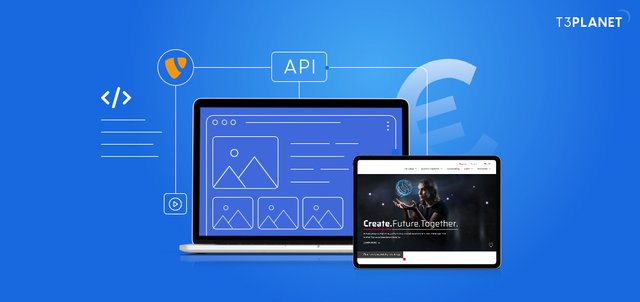Enterprise Challenges Solved with TYPO3 Headless CMS
Digital-first enterprises know that speed matters, and TYPO3 Headless delivers just that. Decoupling content gives marketers and developers freedom to innovate, enabling faster launches, smoother rollouts, and better customer experiences.
TYPO3 Headless – The Modern Approach
TYPO3 Headless is a way to manage content where the backend (content management) is completely separated from the frontend (presentation).
Instead of locking content into templates, TYPO3 delivers it through APIs, letting developers build fast, engaging websites, apps, or any digital interface with the technology of their choice.
Why Enterprises Are Moving to TYPO3 Headless
Core Benefits
Market Insights
Strengths of TYPO3 for Headless
TYPO3 is trusted by enterprises for its stability, security, and advanced content management.
Its headless capabilities provide:
TYPO3 also integrates seamlessly with CRMs, marketing automation tools, and analytics platforms, making it a single source of truth for enterprise content.
Traditional TYPO3 vs TYPO3 Headless
Connection Between Backend and Frontend
Development Workflow
Content Distribution
Scalability
Technology Choice
Launch Speed
Real-Life Success Story
A major institution adopted TYPO3 Headless for its public-facing platform.
They experienced:
How to Get Started
- Define objectives and KPIs for your digital strategy
- Launch a pilot project to test the setup
- Configure TYPO3 headless extensions and activate APIs
- Build a modern frontend with a framework like Next.js or Vue
- Set up automated deployment pipelines
- Gradually migrate existing sites to the headless architecture
Best Practices
Expert Support
Specialized TYPO3 consultants can help with:
Conclusion
TYPO3 Headless empowers enterprises to create flexible, fast, and scalable digital experiences.
It simplifies content management, speeds up deployment, and supports true multi-channel publishing for businesses that want to stay ahead in the digital race.
